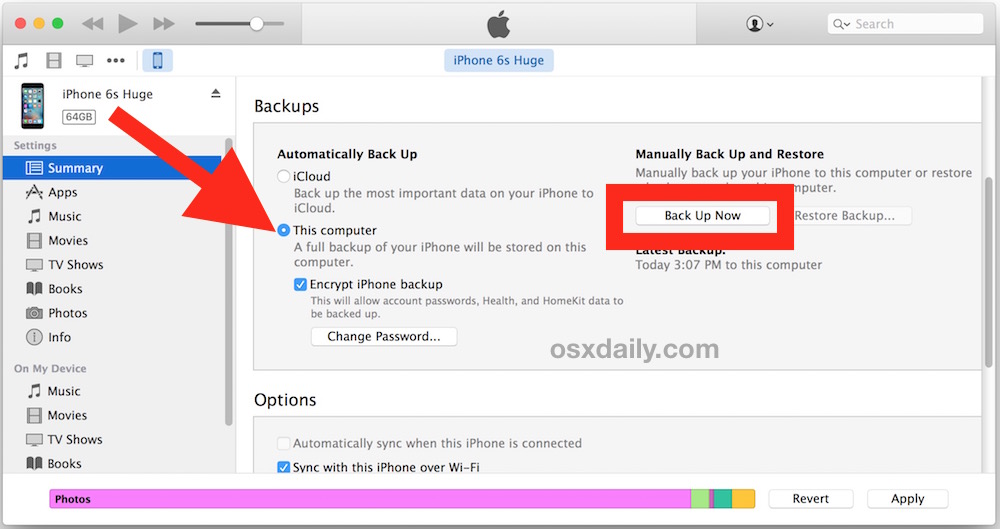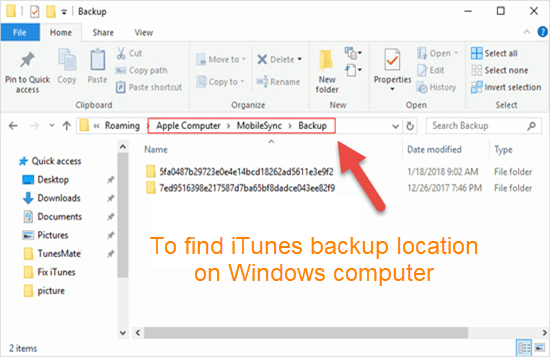

- #HOW TO CHANGE ITUNES BACKUP LOCATION 2016 FULL#
- #HOW TO CHANGE ITUNES BACKUP LOCATION 2016 PASSWORD#
- #HOW TO CHANGE ITUNES BACKUP LOCATION 2016 MAC#
#HOW TO CHANGE ITUNES BACKUP LOCATION 2016 FULL#
#HOW TO CHANGE ITUNES BACKUP LOCATION 2016 PASSWORD#
Otherwise, skip to Step 6.Įnter your system password and click Unlock on the popup screen.
#HOW TO CHANGE ITUNES BACKUP LOCATION 2016 MAC#
When you create a symlink, you create a new path for Finder to take to get to the backups folder.įormer iMore writer and Mac genius Peter Cohen explains symlinks perfectly. In this step, you'll create a symlink - or symbolic link. You'll have to manually move the folders back to your Mac instead. If you don't perform this step, your computer won't back up your iPhone or iPad anymore. This is the more difficult and most important step to moving your iOS backups to an external hard drive. Step 3: Create a symlink to tell your computer the new location of your backups Rename the old backup folder in Finder to old_backup.ĭo not delete the old_backup folder yet. You may have to enter your administrator password once again to make this change. Rename the iOS backup folder on your external hard drive to ios_backup.Enter your administrator password to authenticate your action.Go back to the Finder window with your iOS backups in it and select the device backup folder (It will either be called "Backup" or have a bunch of numbers and letters).


This information will be used when creating a Terminal pathway. But, you really have to pay close attention to the name of your hard drive and the new folder names you create, including punctuation and spacing. Step 2: Move your backups to an external hard drive Select Show in Finder from the list of available options. Hold down the Control key and click on the device.Click on your device on the left side of the Finder window.Ĭlick on Manage Backups on the General tab.You can also find the backups for specific devices from Finder. You can find them by typing ~/Library/Application Support/MobileSync/Backup into Spotlight. Your backups are stored in a MobileSync folder.
That being said, if you're still bent on moving them to an external hard drive, we're here to help. If you're thinking about using iCloud, here's how you can choose which iCloud storage plan you should get. It's a better, more straightforward option, but you might need to buy some extra iCloud storage. We highly recommend syncing on iCloud and then deleting the backups on your Mac, rather than relocating them.


 0 kommentar(er)
0 kommentar(er)
